I WILL be teaching my classes at Pennsic again this year.
Celtic Textiles and Women's Dress of Central Europe - Friday of Peace Week 10-12
This class will be very similar to the Viking class above but covers textiles in the late Hallstatt and Early La Tene period in Central Europe and some options for women's clothing of the time. "Discussion of textiles, period iconography, dress accessories, and garments for women in Iron Age Central Europe."
A Deeper Look at Textiles & Trim of Viking Age Dress - Tuesday of War Week 10-12
By looking deeper at both the textiles and the details from extant items, this class aims to help individuals make informed choices for crafting their garments. Tactile examples will clarify the weaves and weight of period fabrics and there will also be discussion of possible modern substitutions. Additionally, practical details for finishing or embellishing garments will also be explored and their history investigated. The goal of this class is to help the individual understand how daily life during the Viking Age could affect how textiles were crafted and worn.
As for what new I am doing, I have been working on my SCA Forestry projects as part of the AEthelmearc Foresters Guild, though that has taken a pause to work on communications for the group and launched a website this past week for it. If you like playing the outdoors, I definitely recommend checking out the Forestry Guild in your Kingdom. If there isn't one, I also recommend talking to the Kingdoms that have long established ones for help to get one rolling in your area! The EK has been around the longest and they are a great bunch of folks and their SITE has all sorts of documents and information items.
And finally, I took up Illumination last year! My favorite art in period has long been medieval illumination styles, particularly those of the 14th Century, and so I dove in and started some scroll blanks. I have one additional one that is completed but that was done as a backlog for a friend and so I cannot share the image until the calligraphy is done and it is given to them.
I already have another scroll drawn and ready to paint, and look forward to tackling that after Pennsic.
| |
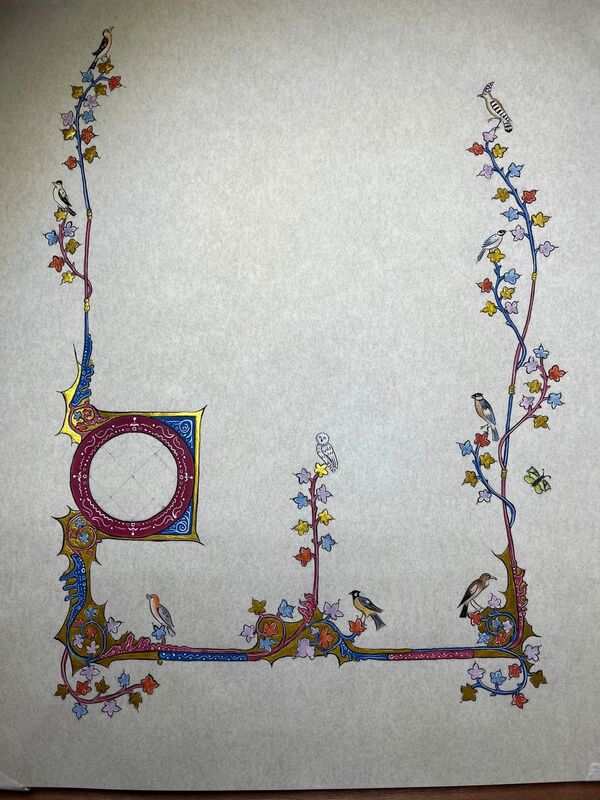
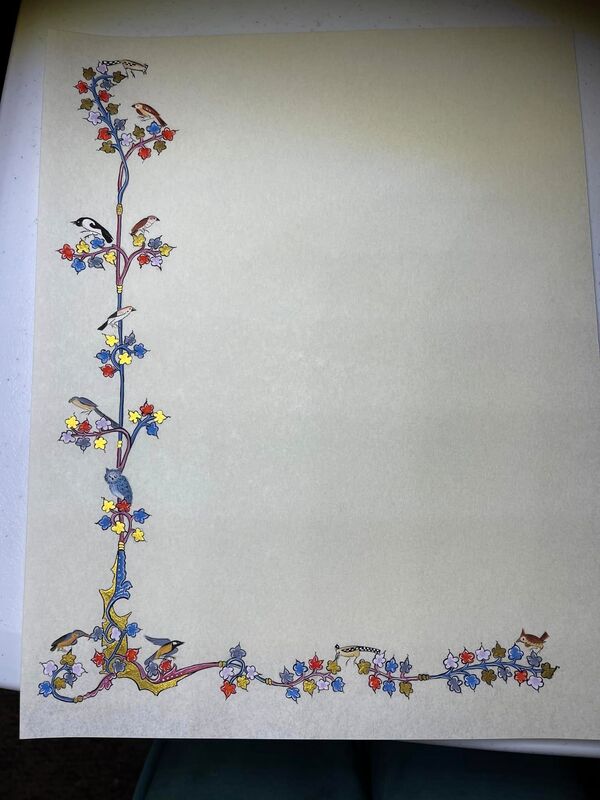
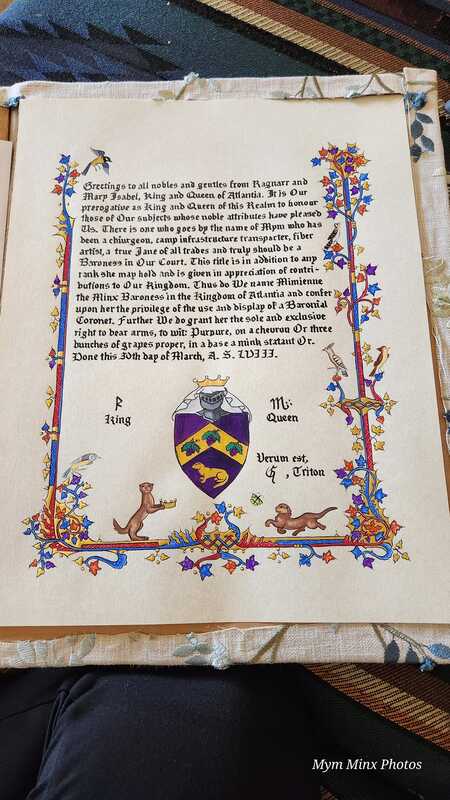
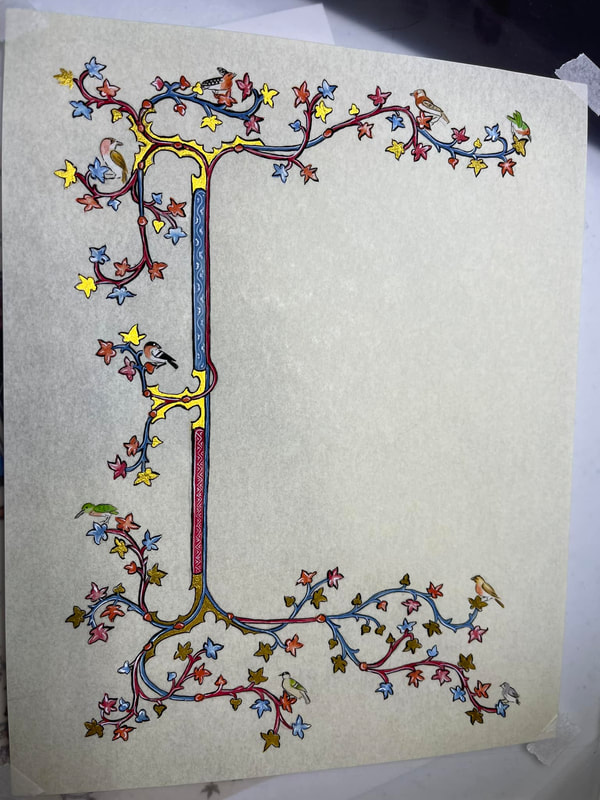
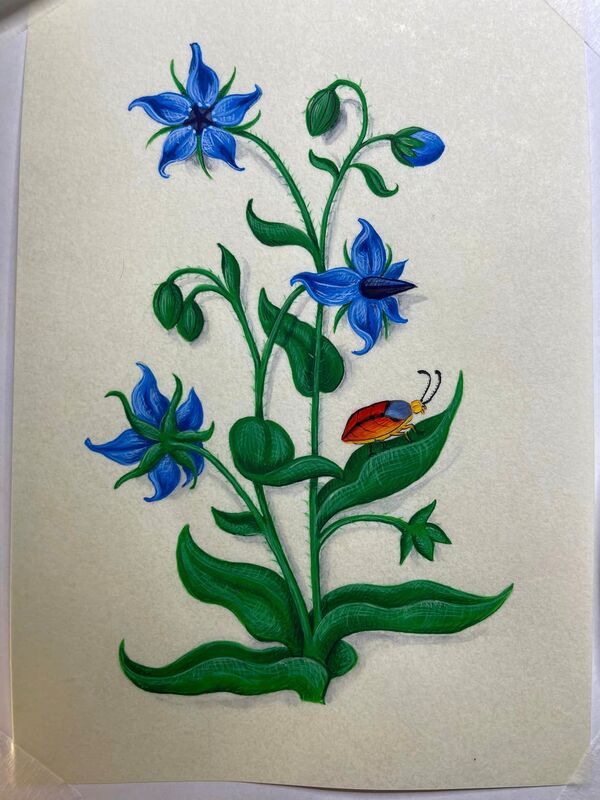
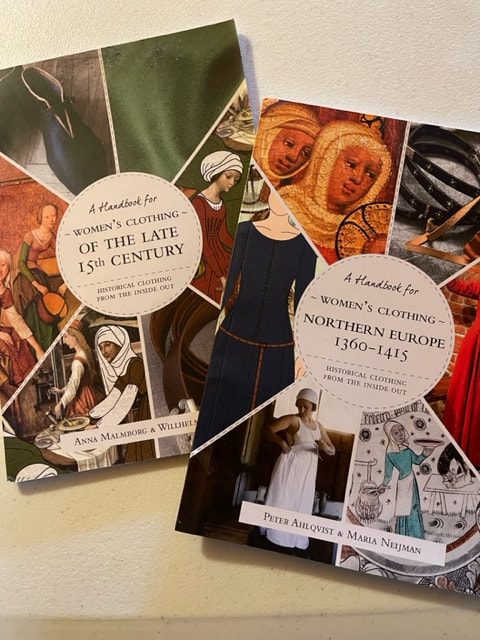
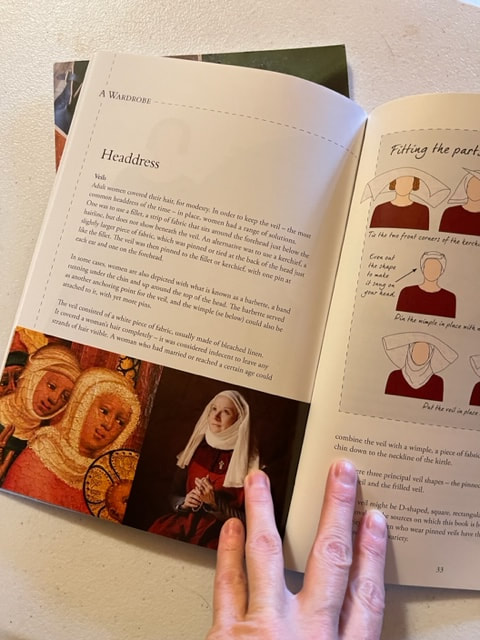
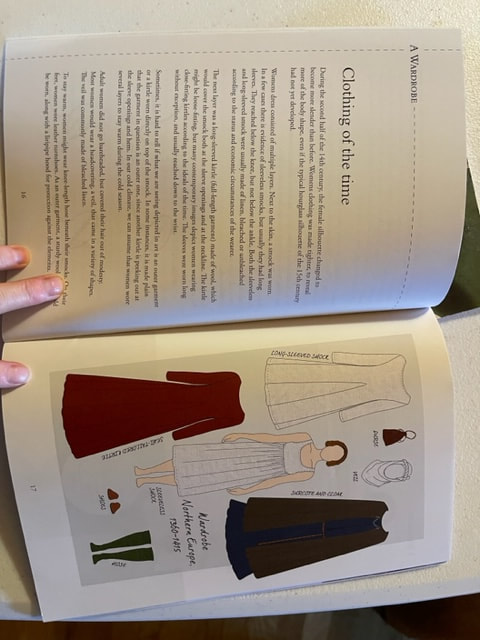
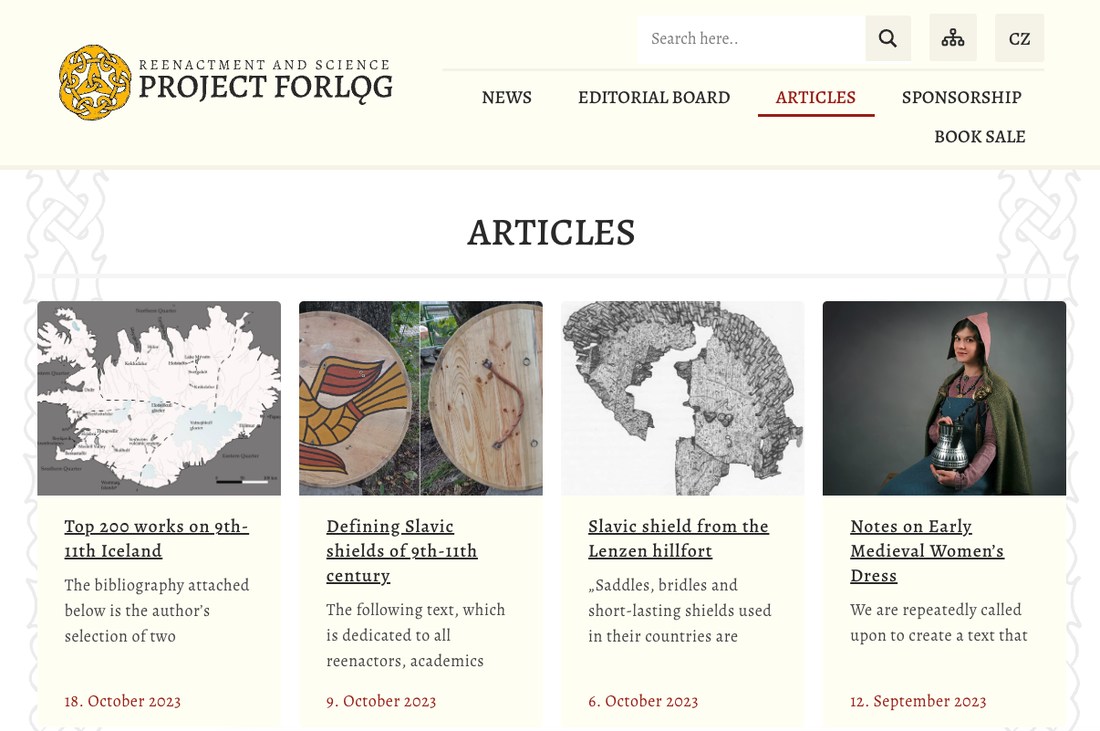
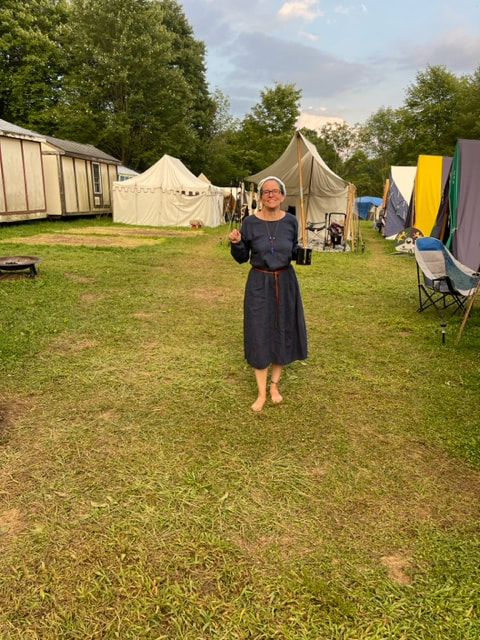
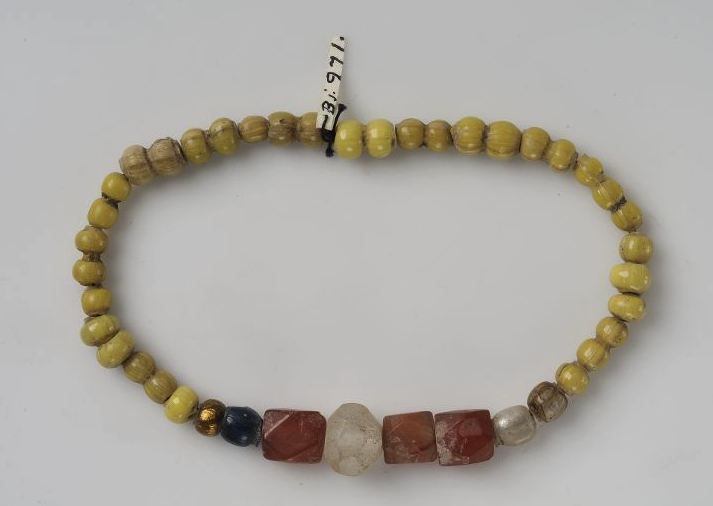
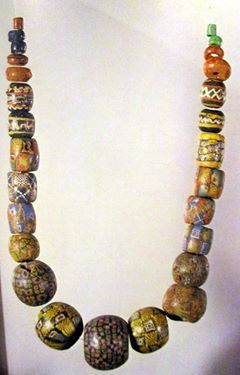
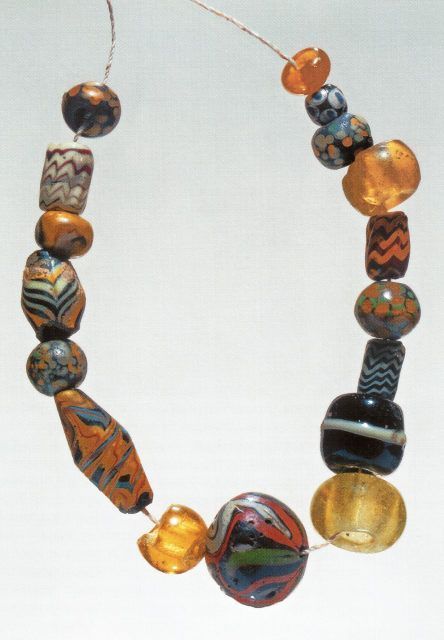
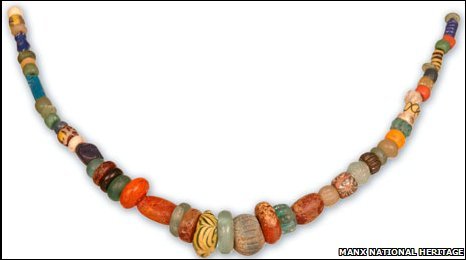
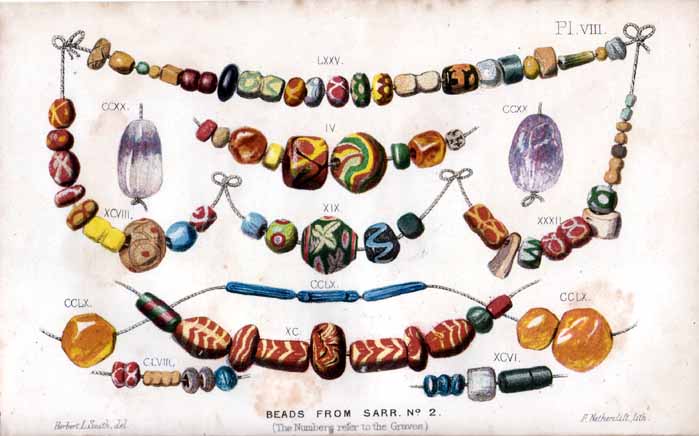
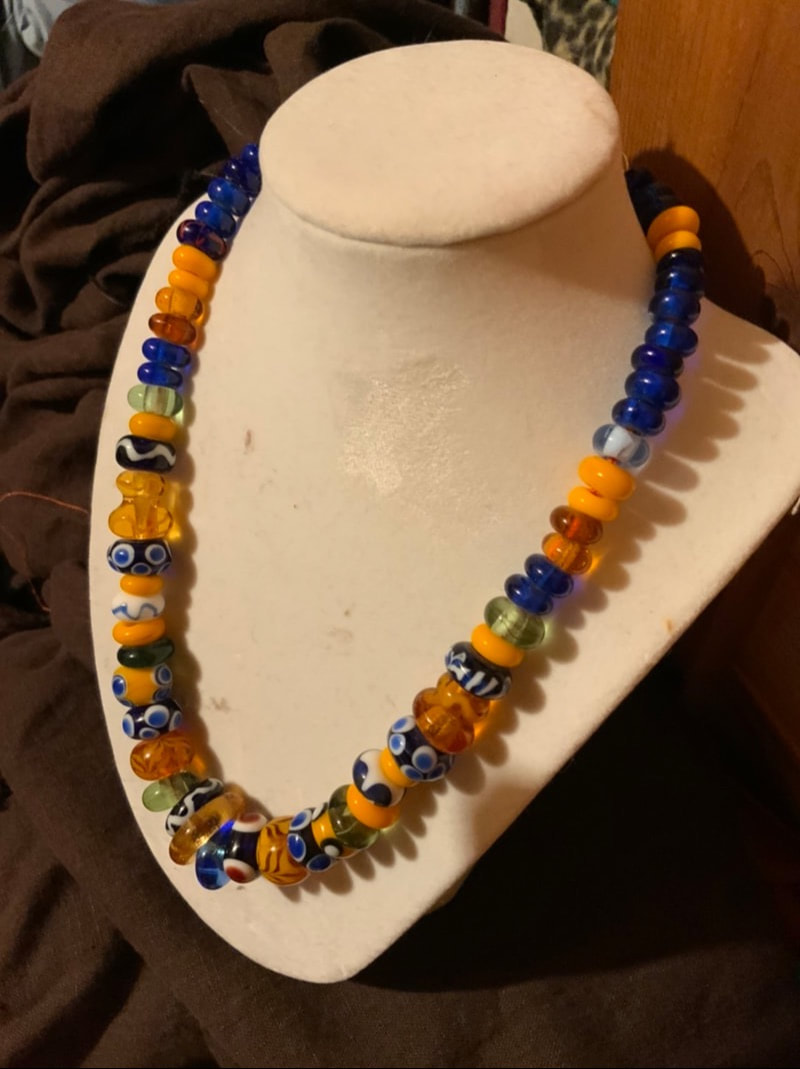
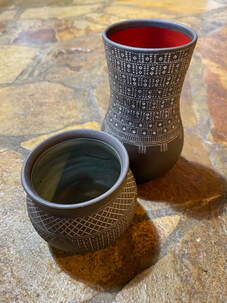
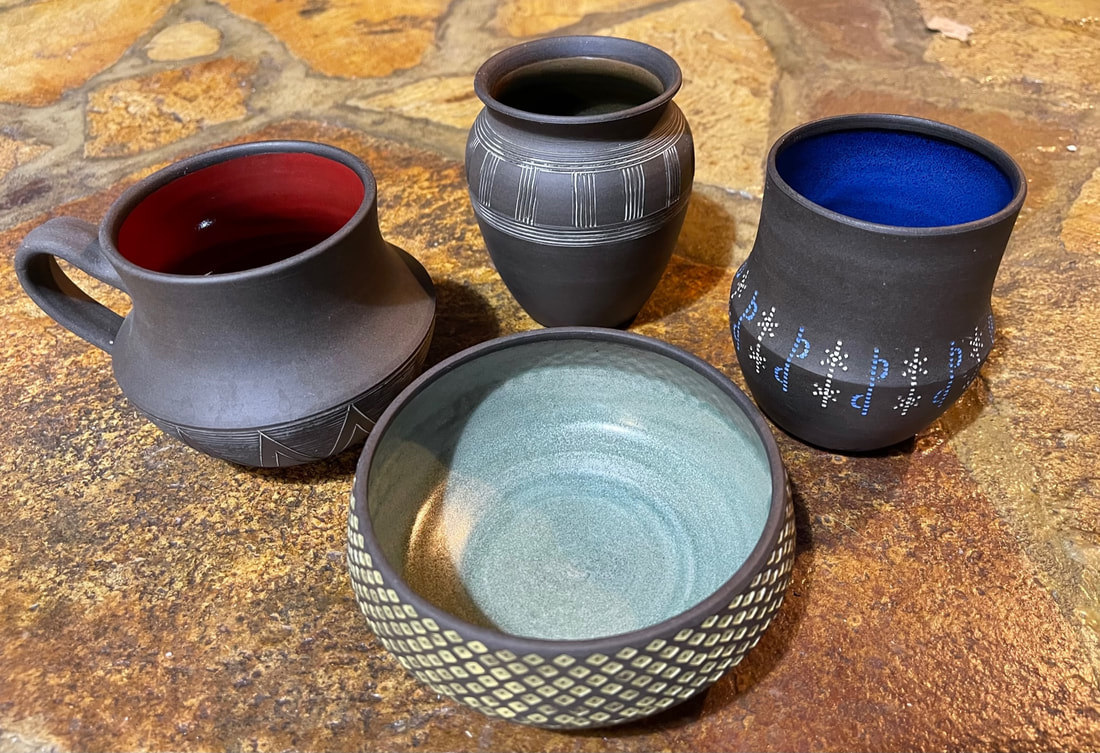
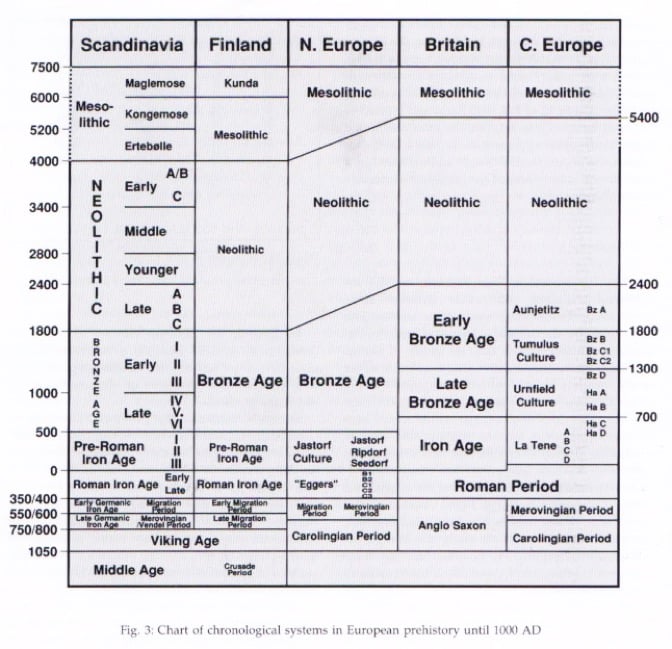
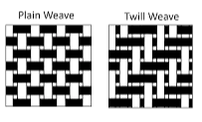
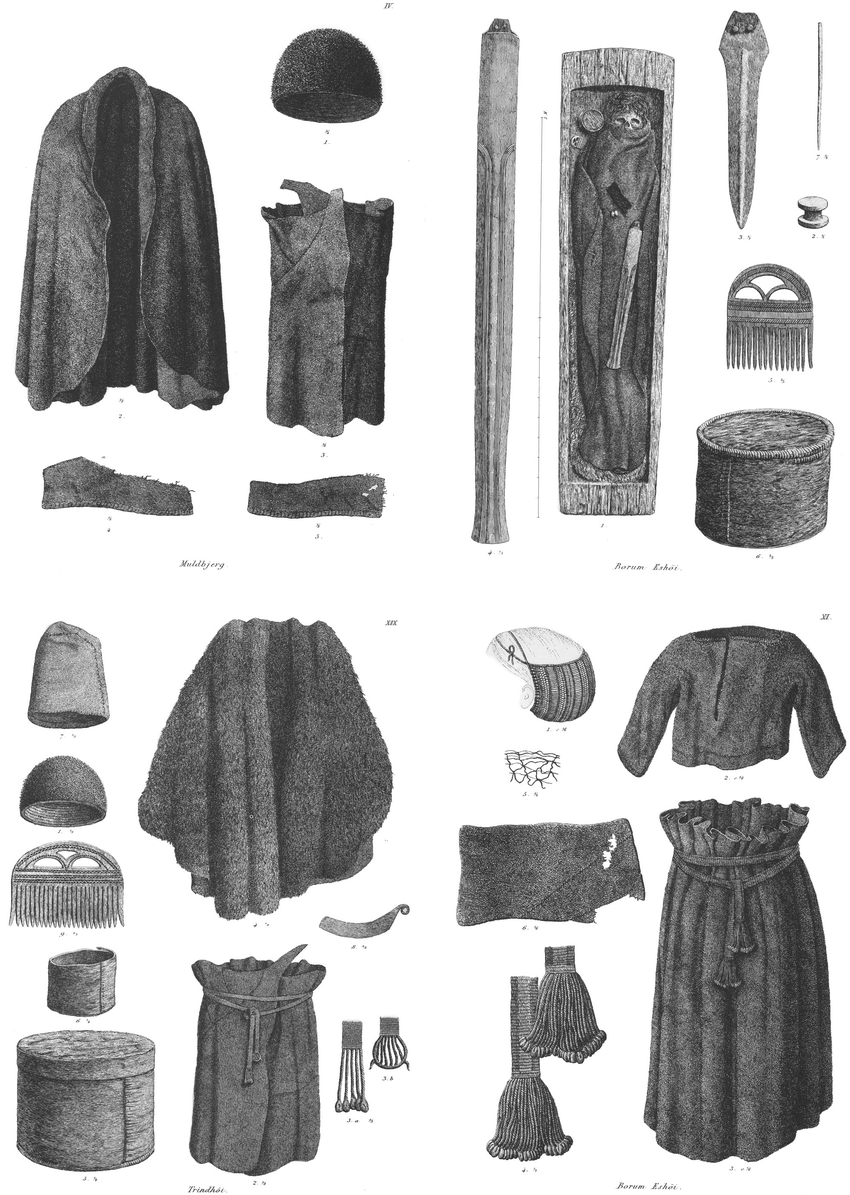
 RSS Feed
RSS Feed